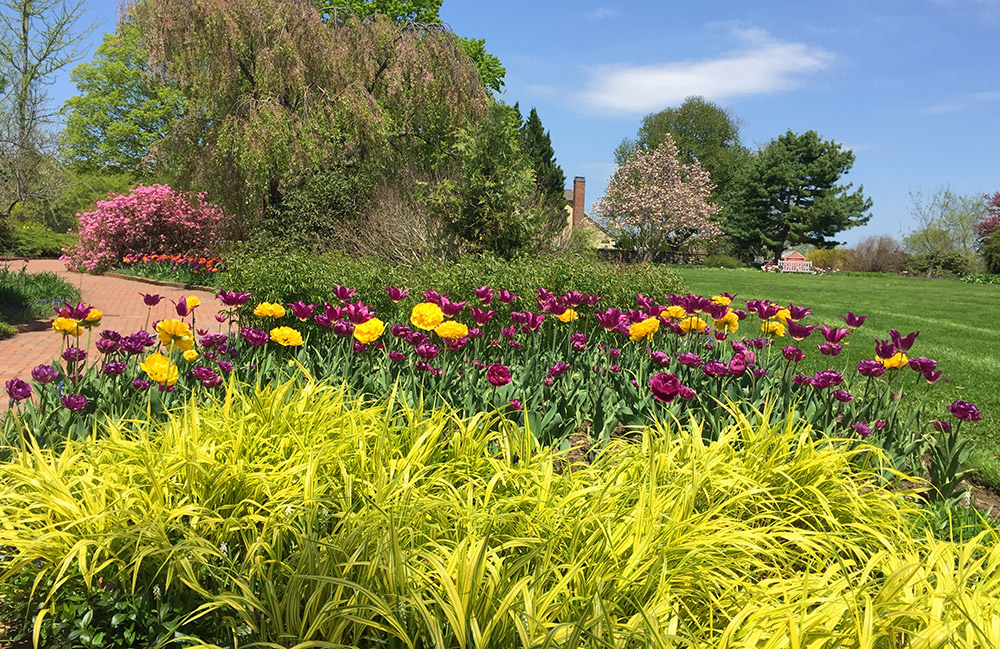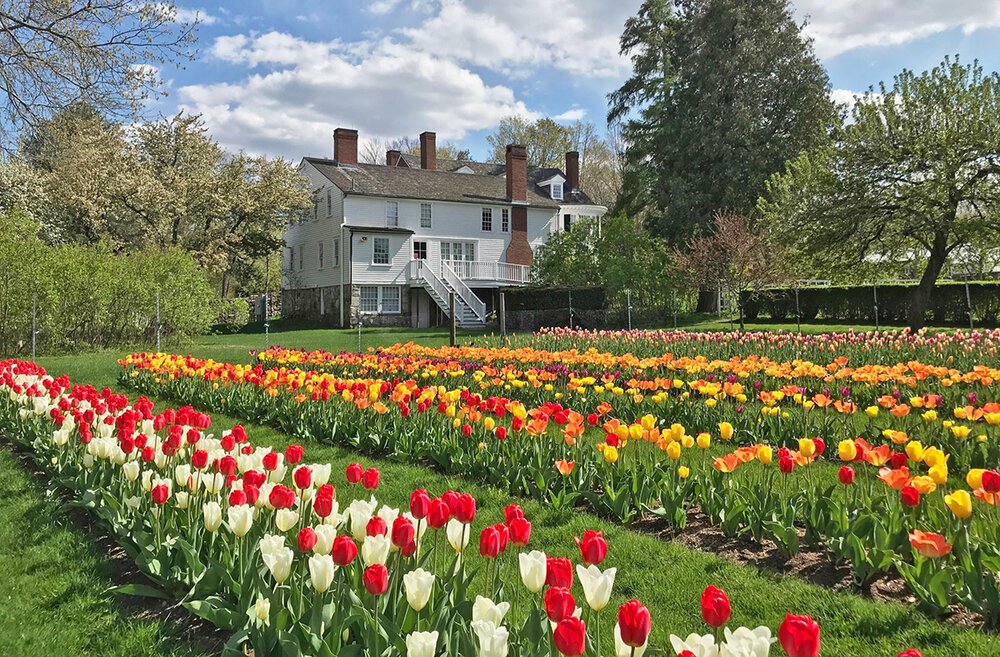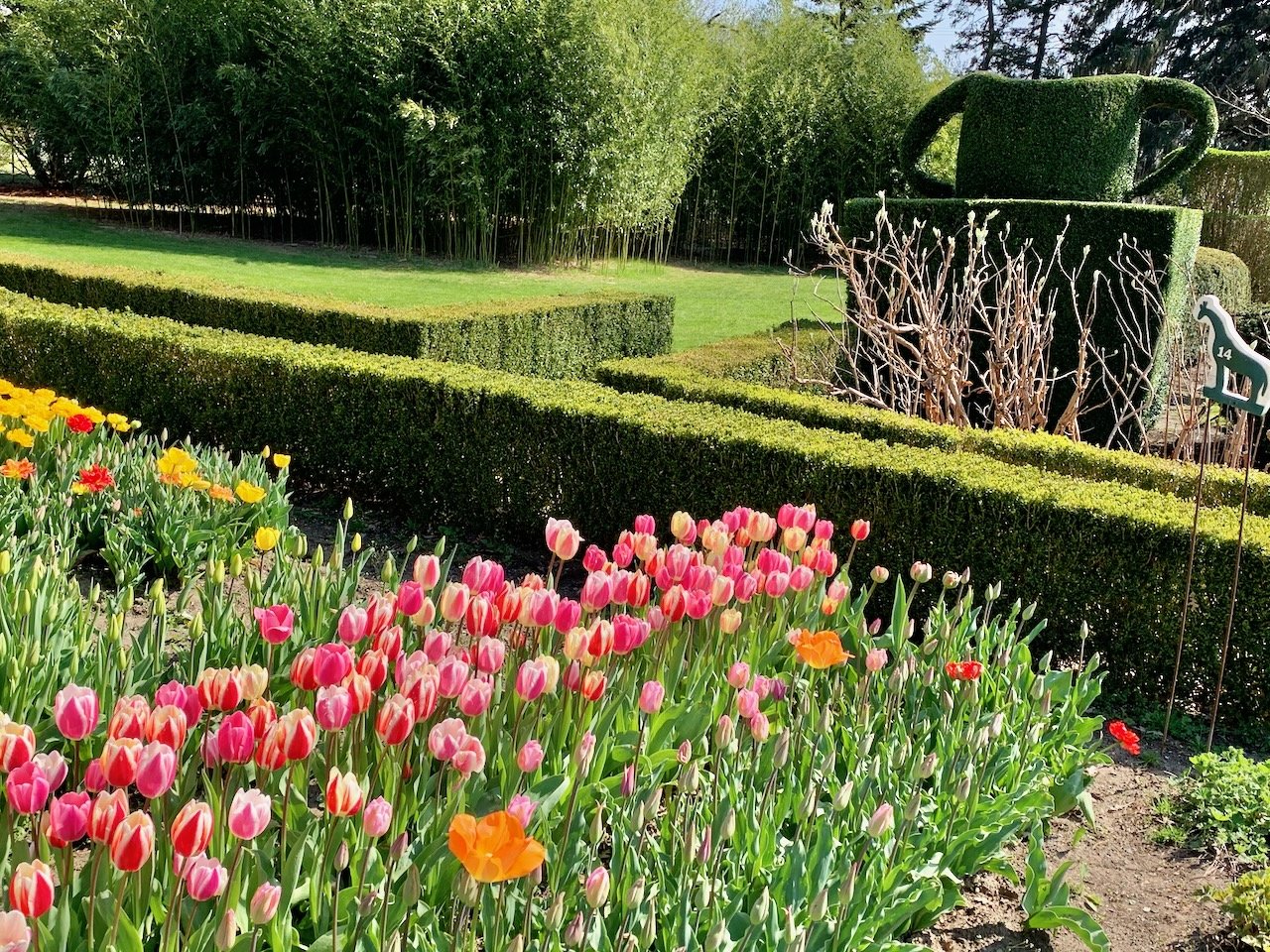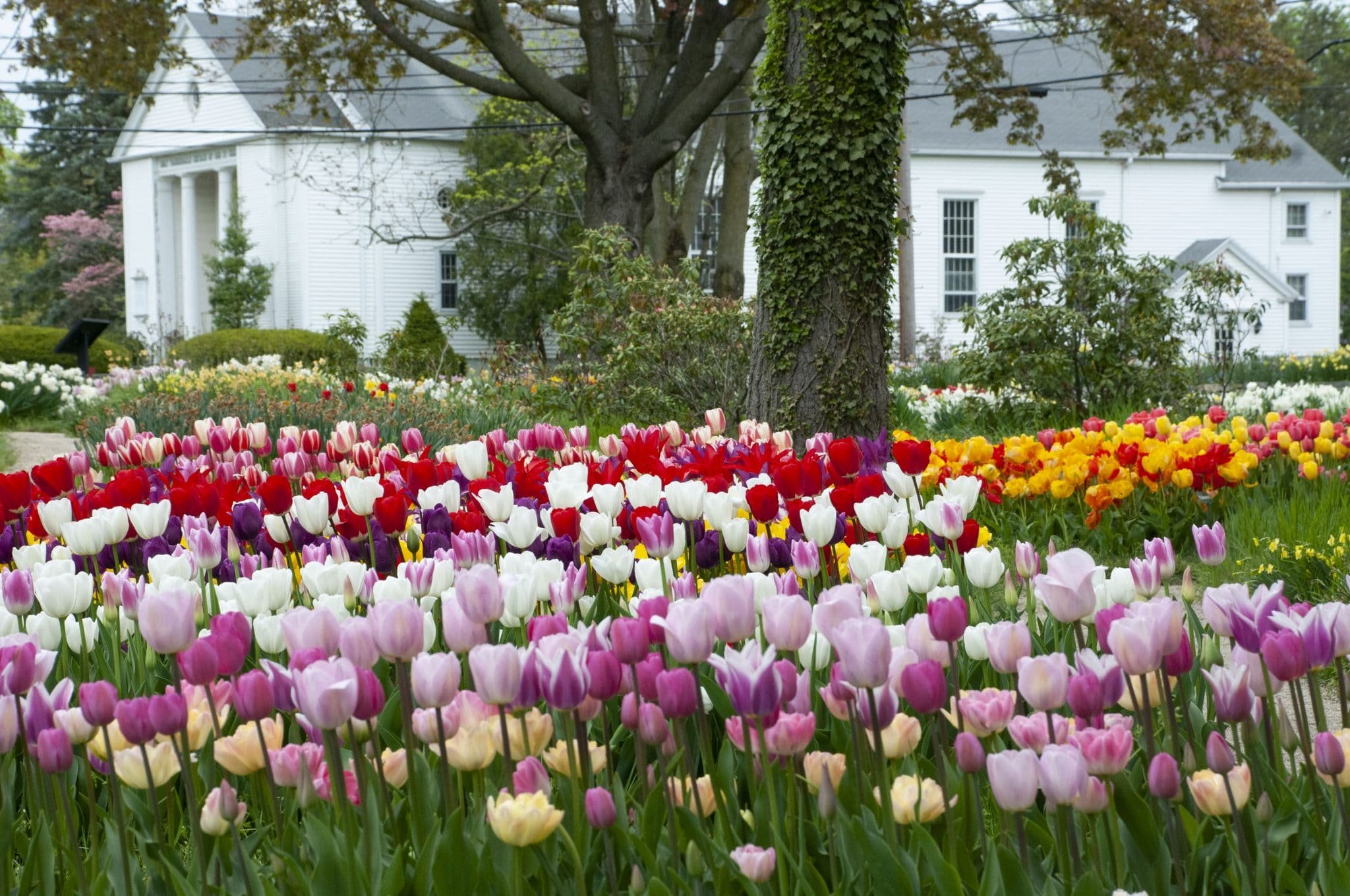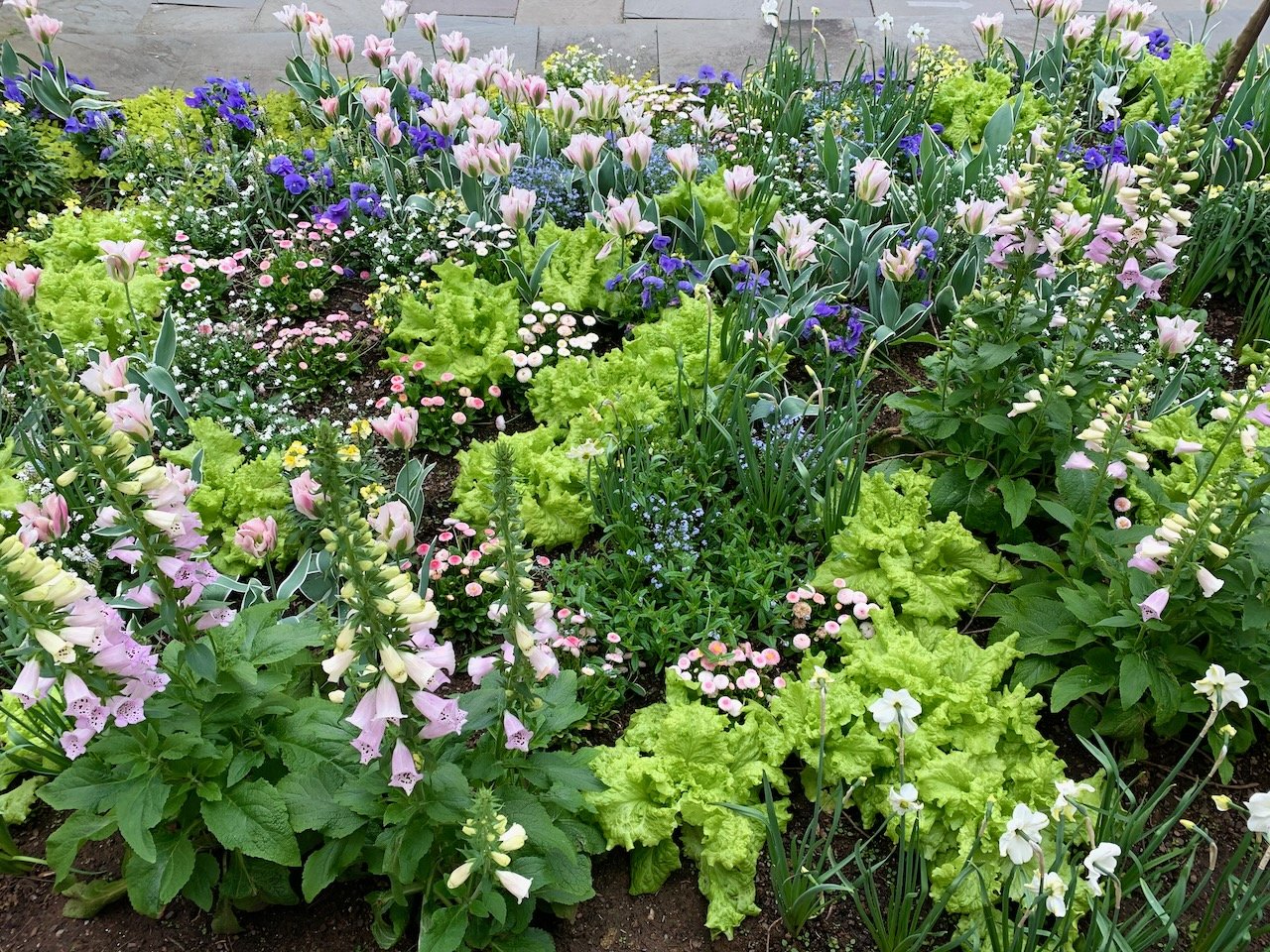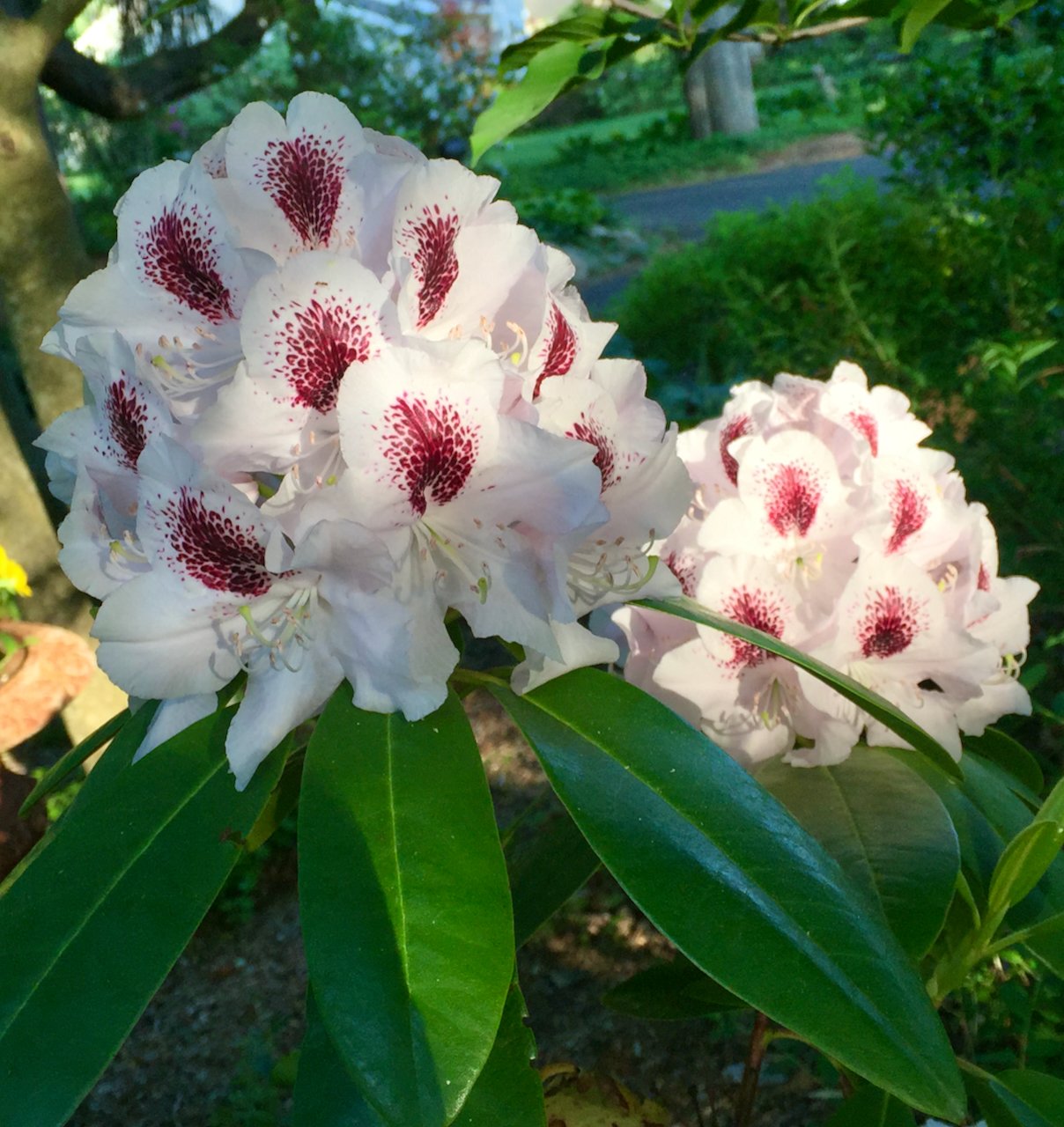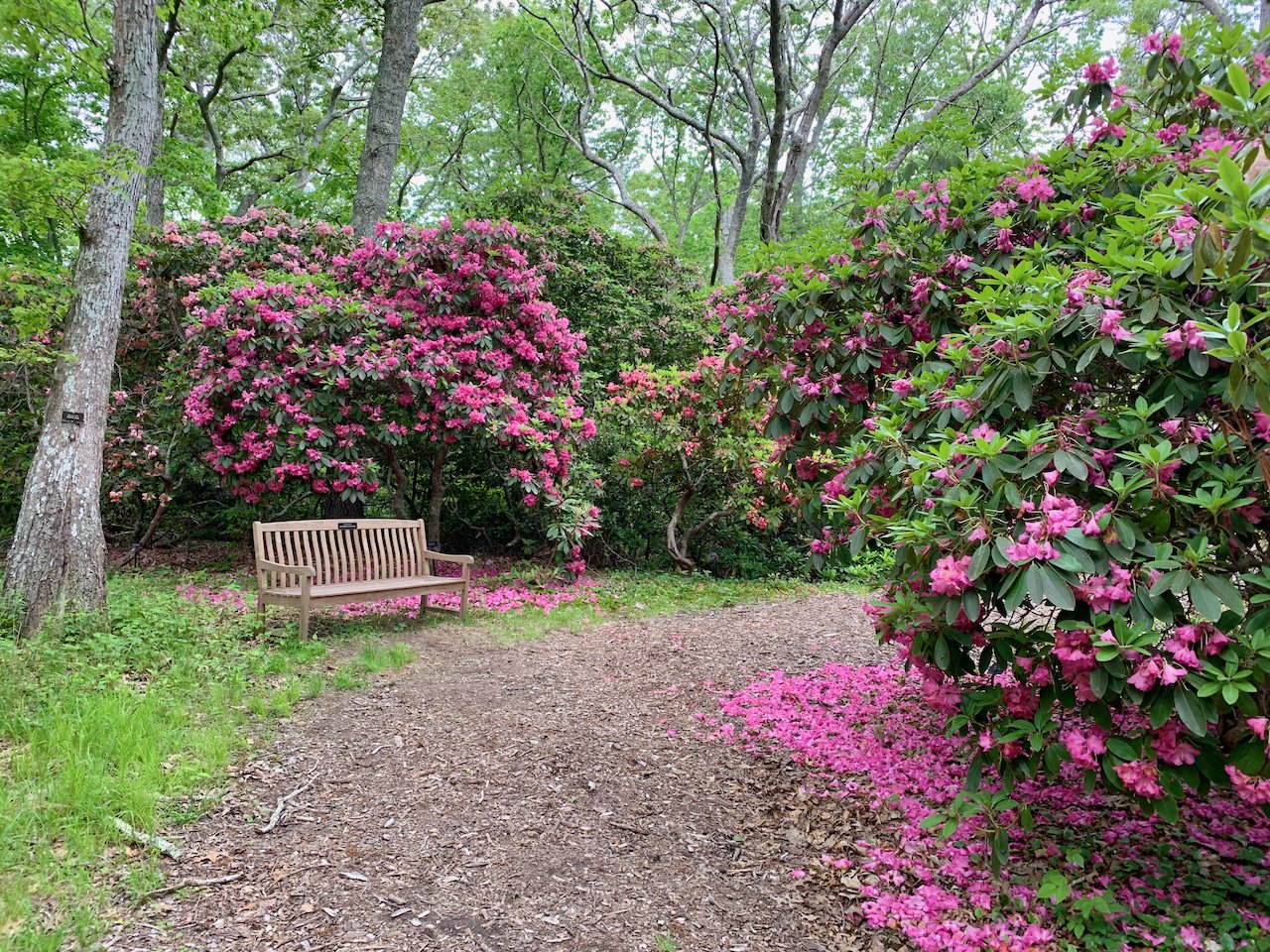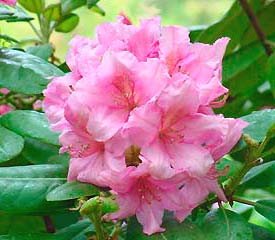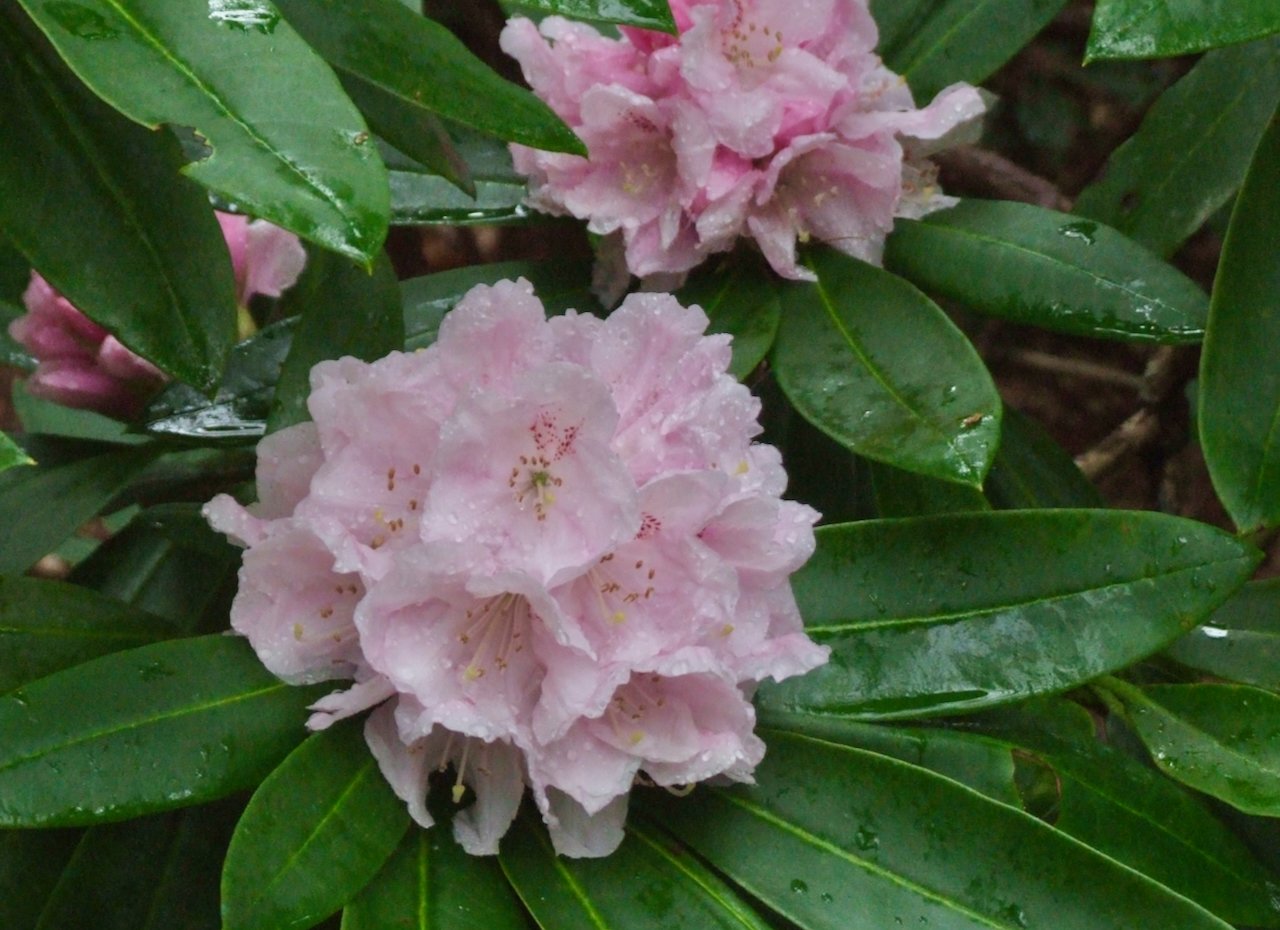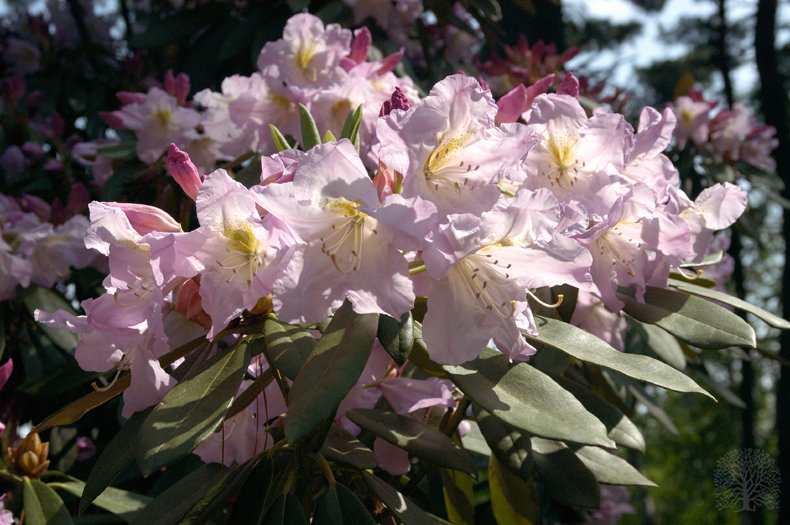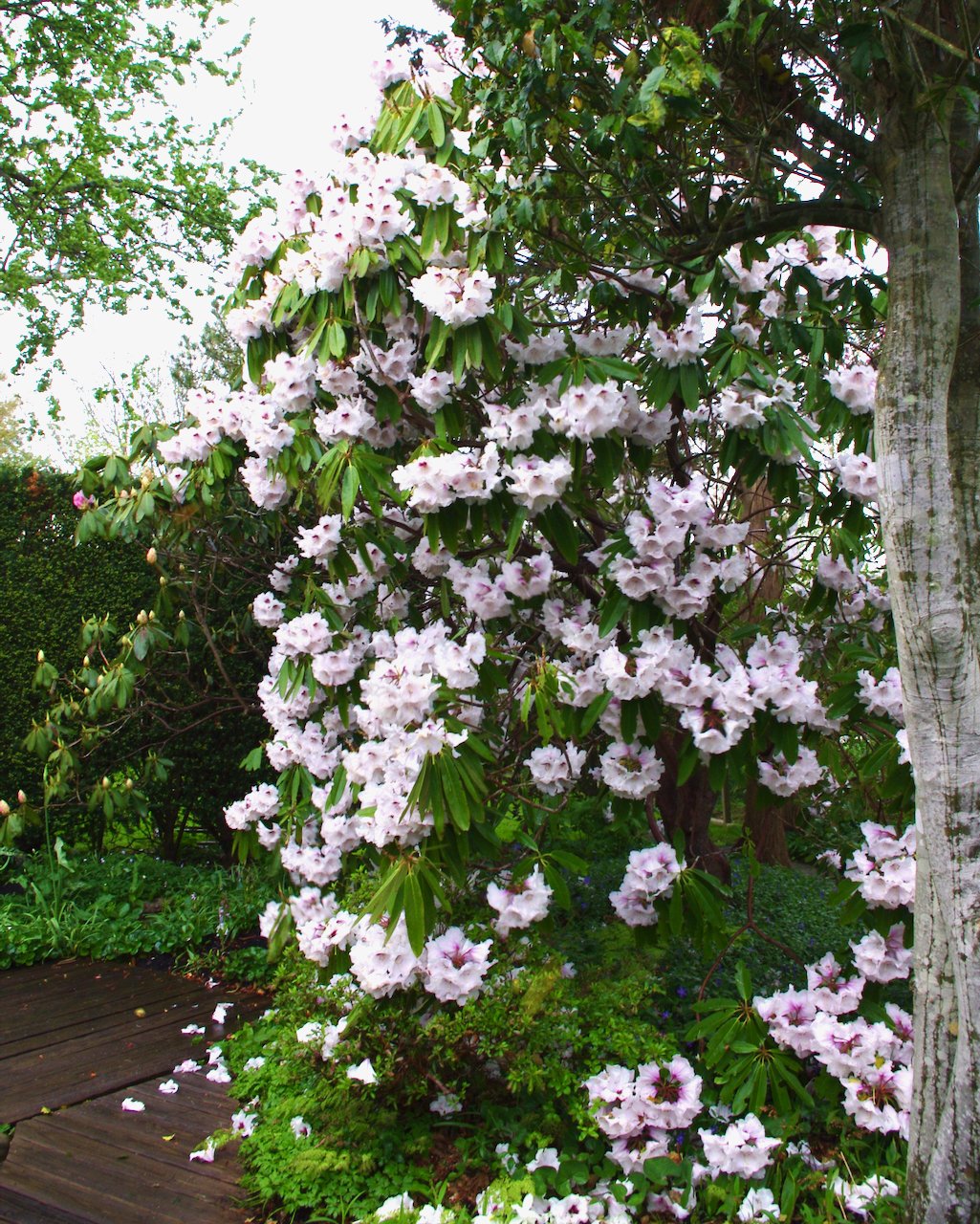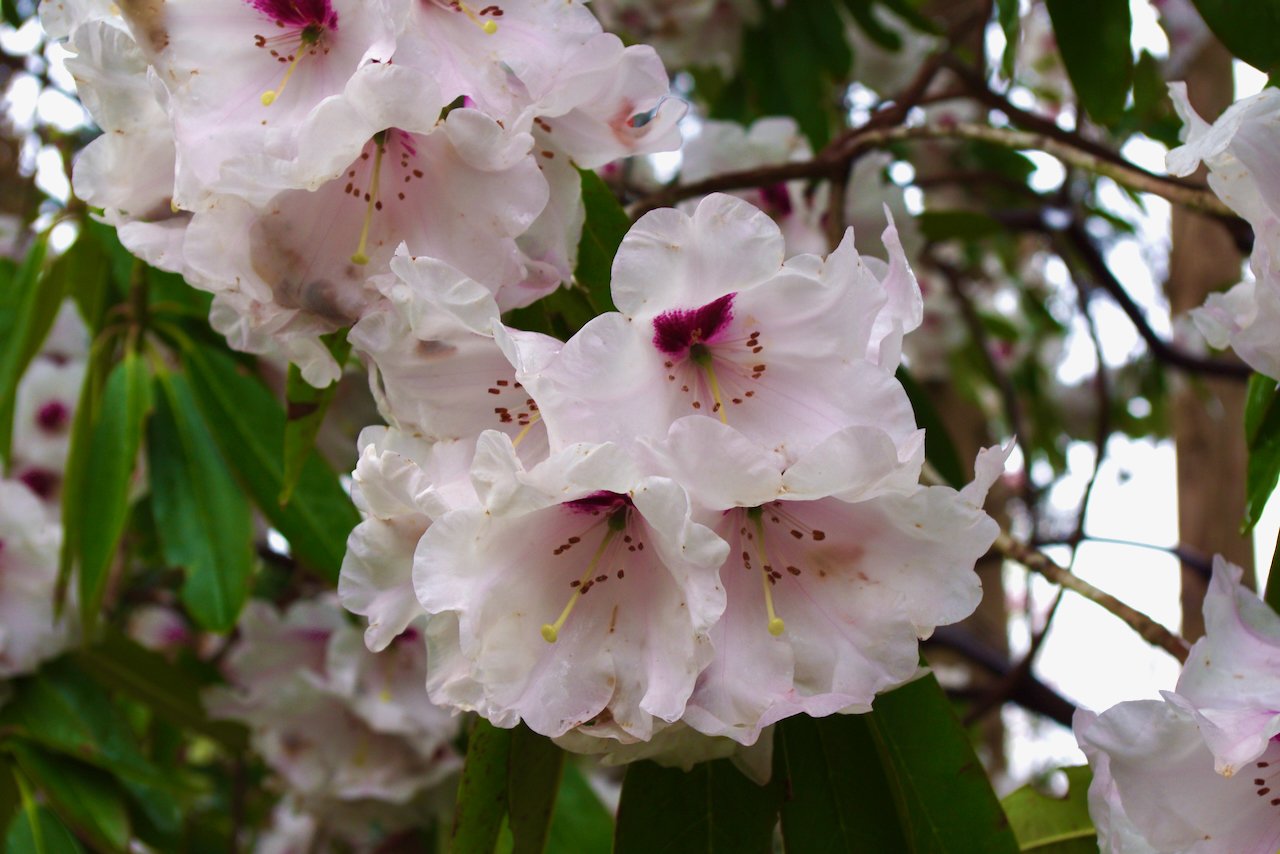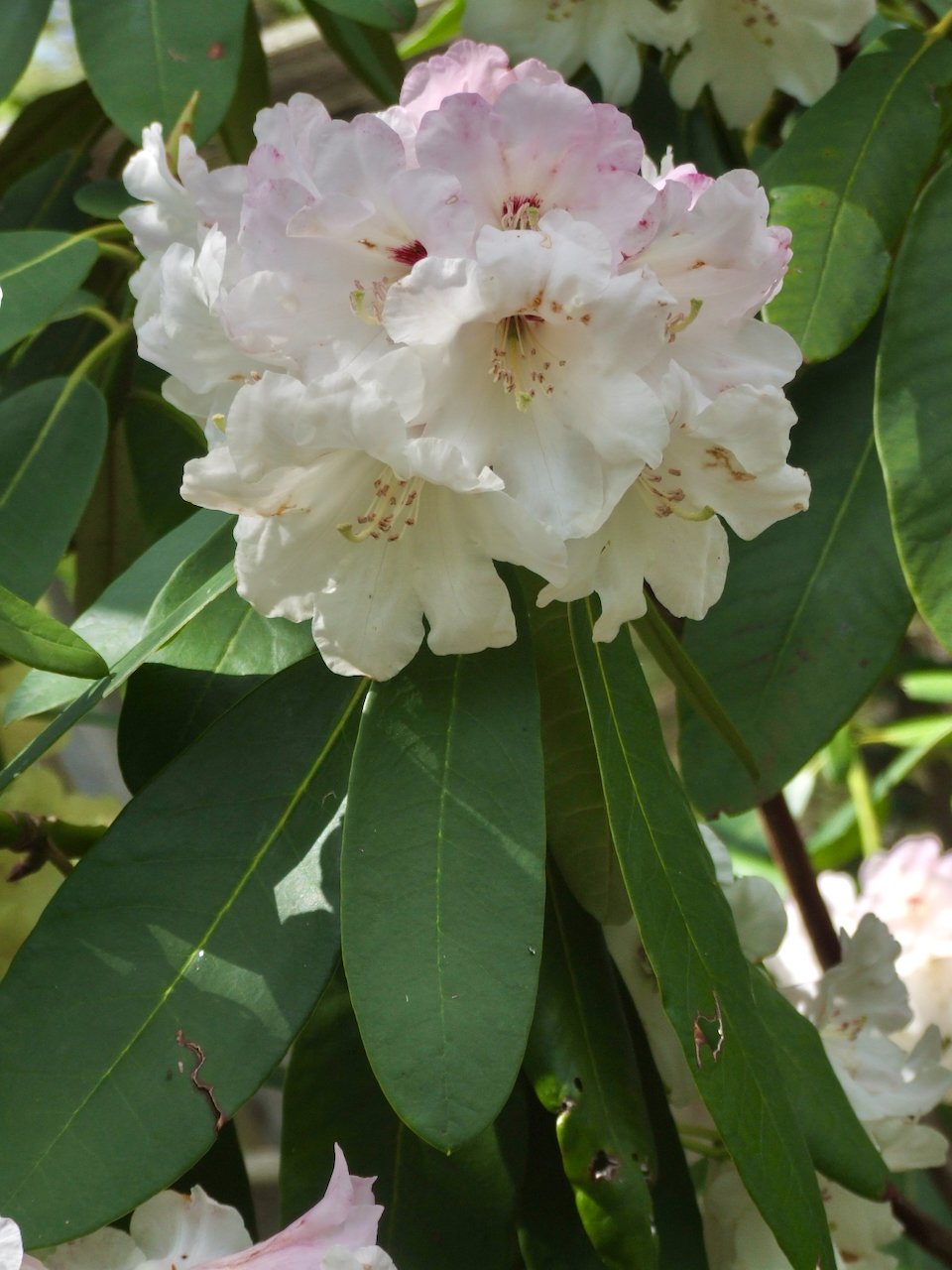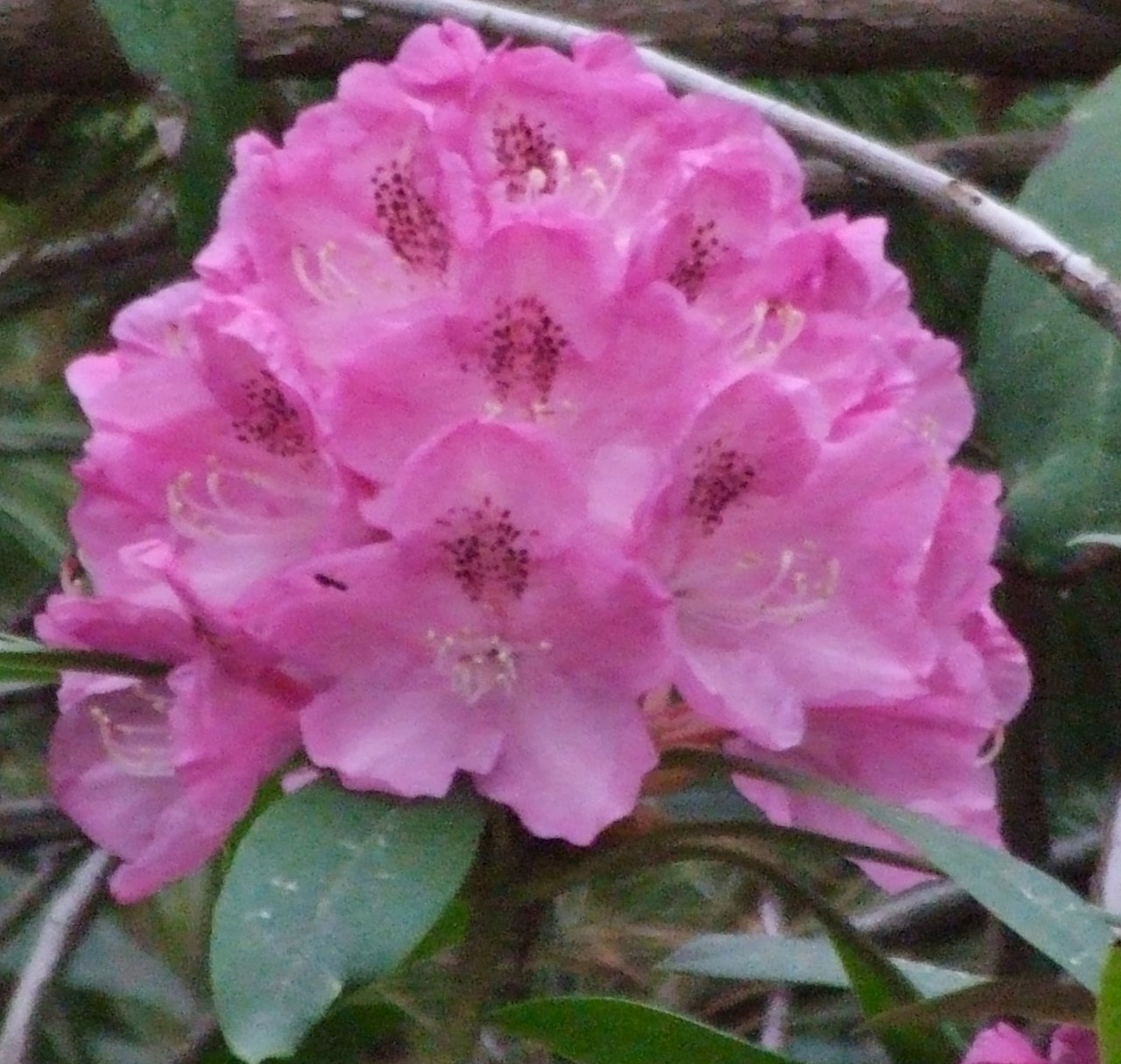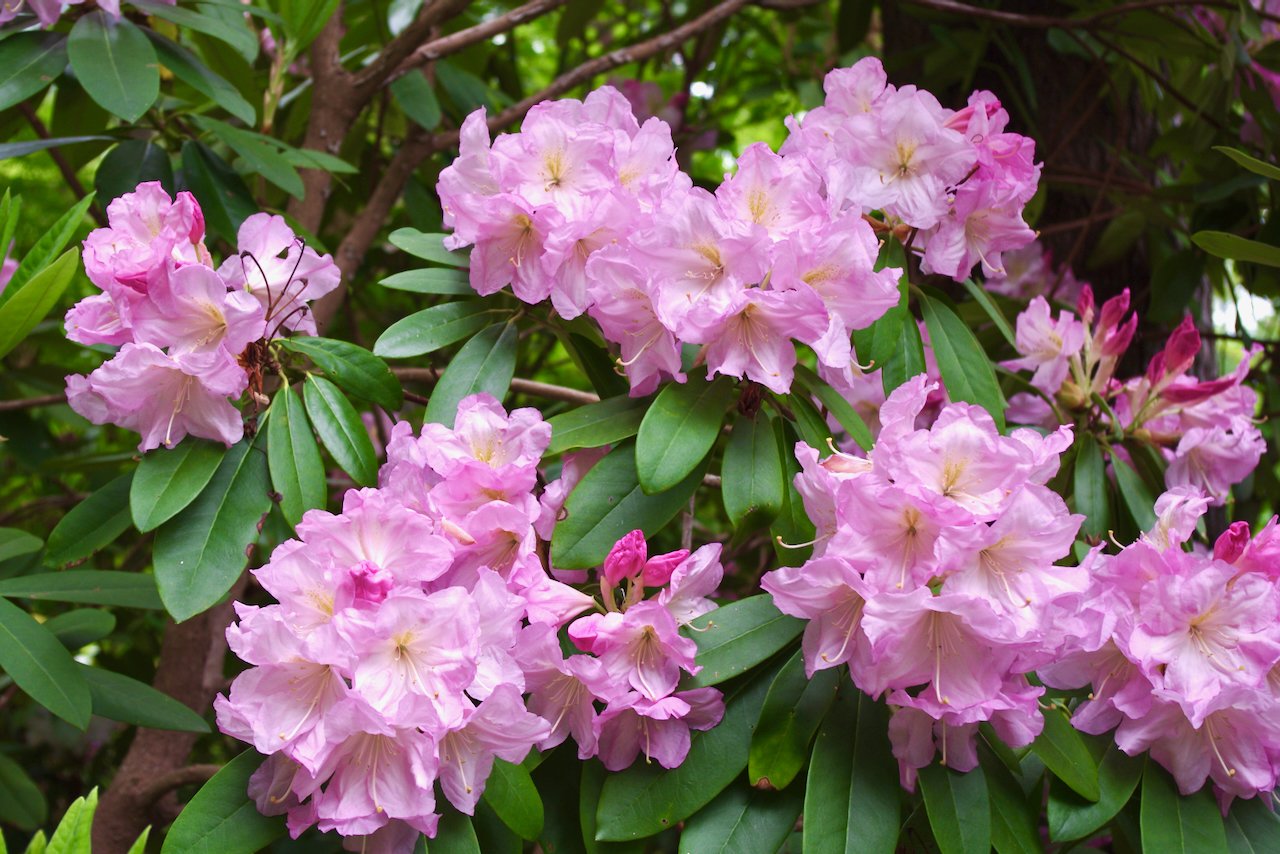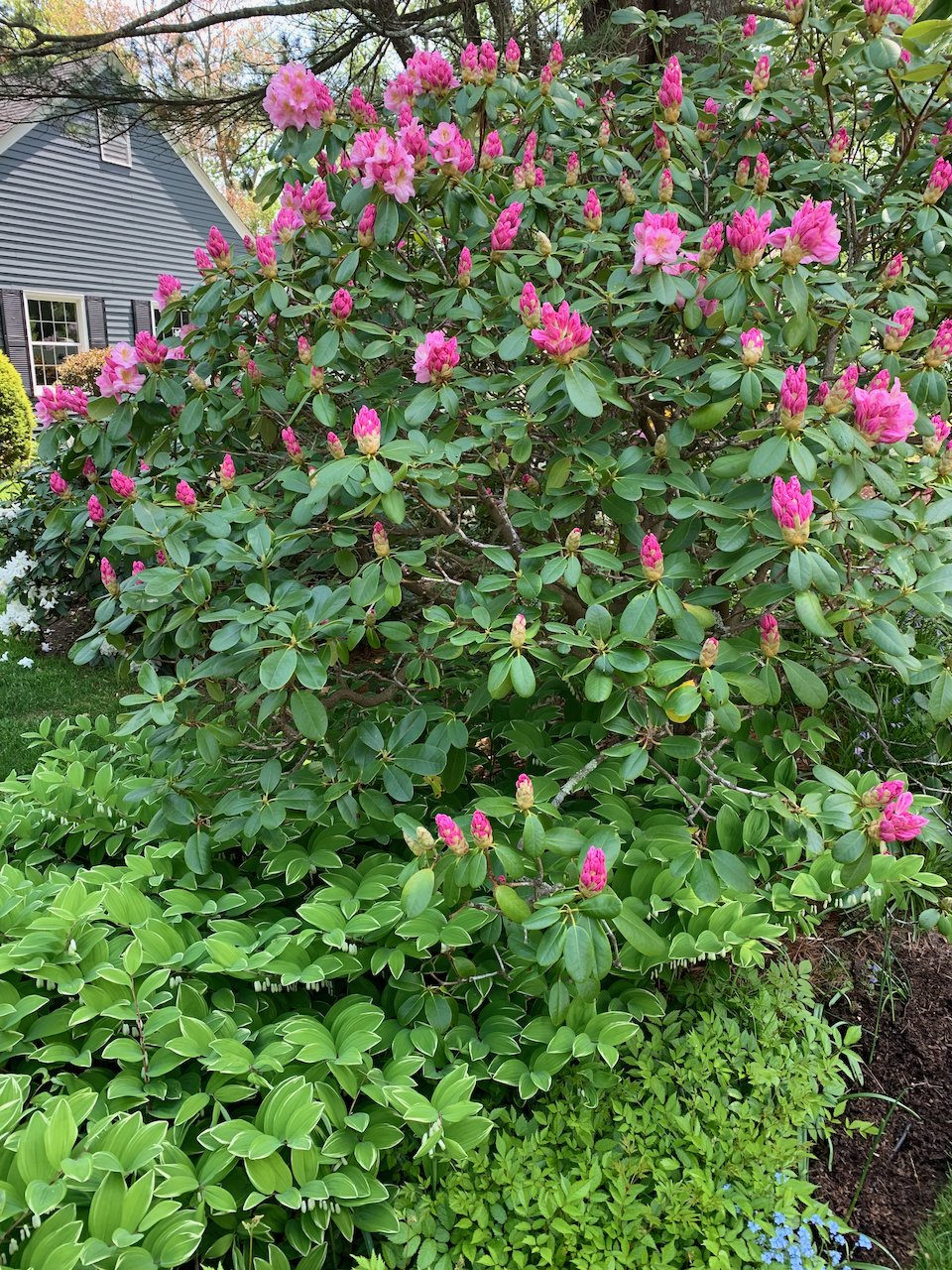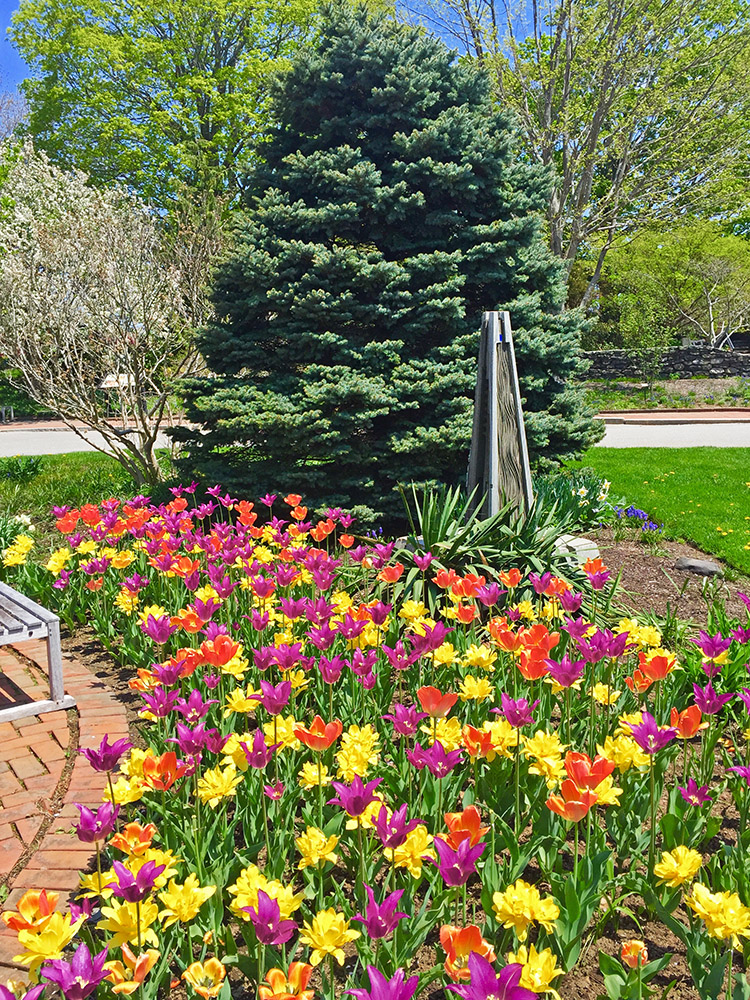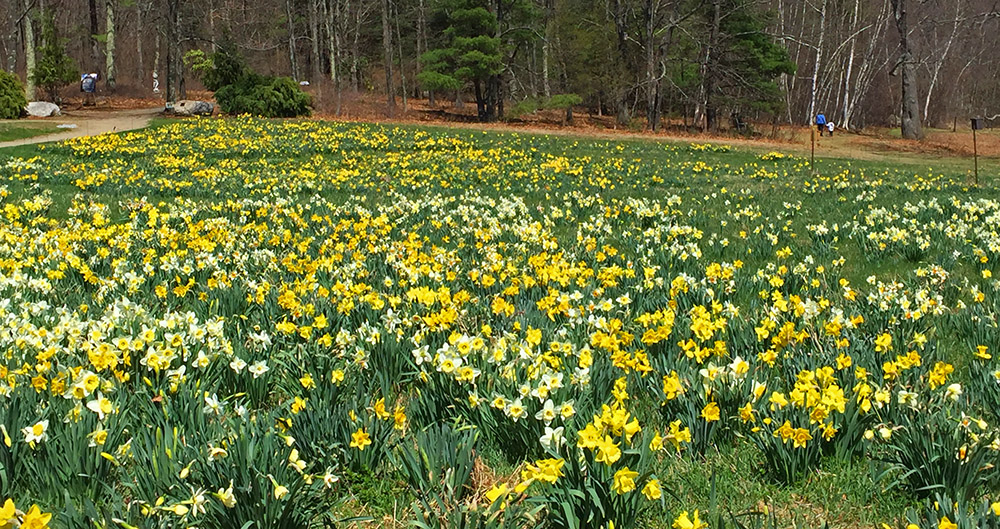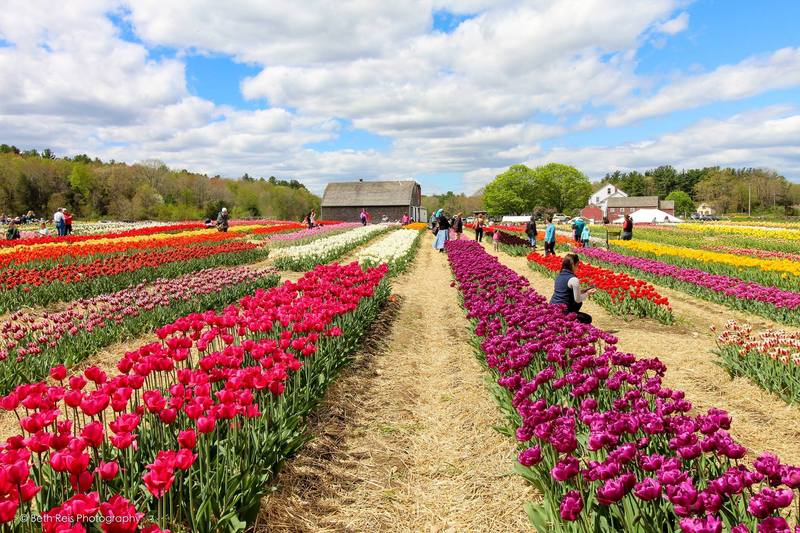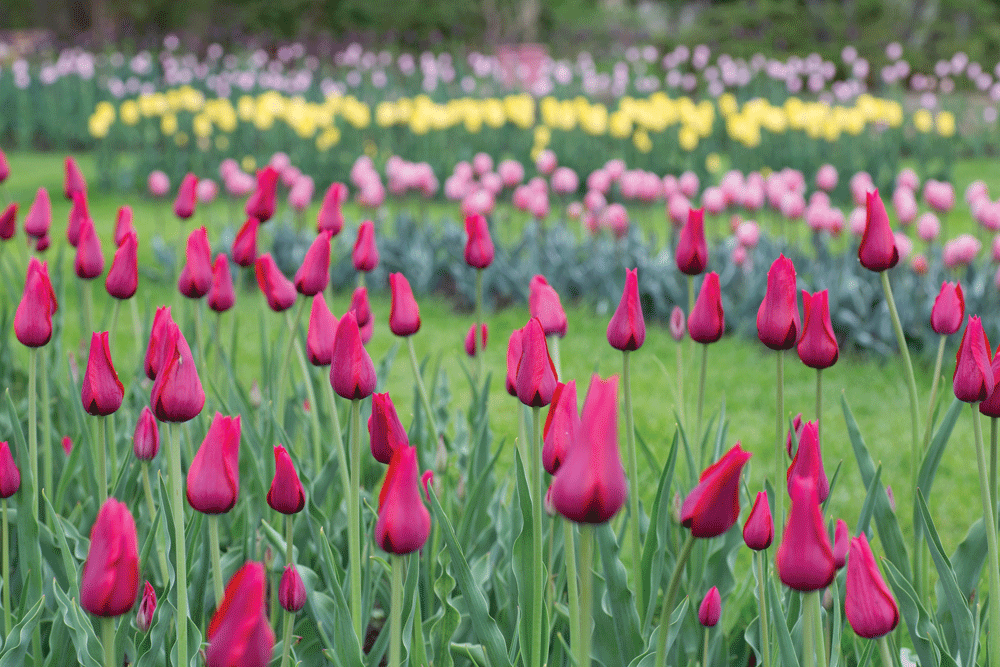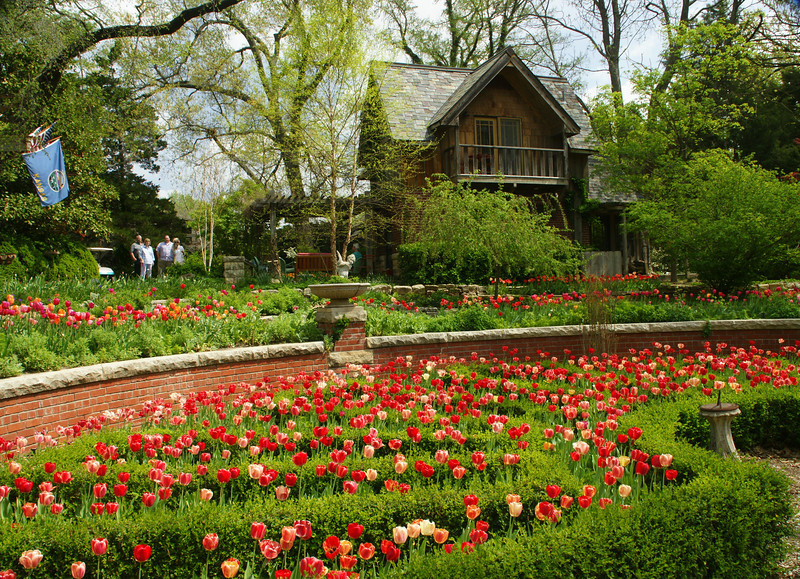Best Spring Bulb Displays in the Northeast
/HOlland ridge farms (photo courtesy of holland ridge farms)
Ready to welcome spring after a long Northeast winter? Nothing lifts the spirit like a stroll among masses of daffodils, tulips and other spring bulbs. Here’s my list of wonderful spring bulb displays to enjoy this year.
new england Botanic Garden
New England Botanic Garden
Mid-April to late May, Boylston, MA
Enjoy a changing bulb display at New England Botanic garden, beginning with Reticulated Iris and Hyacinths in mid-April, fields of 25,000 daffodils in late April to early May, and gorgeous tulip displays in mid to late May. nebg.org
Spring Bloom Fest at The Stevens Coolidge House and Gardens
Spring Bloom Fest at The Stevens Coolidge House and Gardens
Late April–mid-May, N. Andover, MA
Immerse yourself in the beauty of more than 175,000 tulips and other bulbs, filling nine display gardens with the exuberant colors of spring. the trustees
Naumkeag Daffodil and Tulip Festival
Late April–mid-May, Stockbridge, MA
Stroll through the 8 acres of our world-renowned gardens decorated with over 75,000 daffodil, tulip and minor bulbs as we celebrate spring in the Berkshires. the trustees
Nantucket Daffodil Festival
April, Nantucket, MA
Nantucket’s annual daffodil celebration includes the Nantucket Daffodil Flower Show, a window decorating contest, antique car parade, tours, and art shows. Come in costume to the Daffy Hat Contest and children’s parade. daffodilfestival.com
Coastal Maine Botanical Gardens
Late April–late May, Boothbay, ME
Coastal Maine’s display gardens feature thousands of tulips, daffodils and other spring bulbs from late April to late May in one of New England’s premier public gardens. mainegardens.org
Blithewold Daffodil Days
Blithewold Daffodil Days
April through Mid-May, Bristol, RI
The Bosquet, a cultivated woodland, features more than 50,000 daffodils at Blithewold Mansion Gardens and Arboretum. You will also see many woodland wildflowers in bloom. blithewold.org
Wicked Tulips Flower Farm
Late April–mid May, Exeter, RI and Preston, CT
Wicked Tulips has the largest u-pick tulip field in New England, with 600,000 early, mid, and late blooming tulips. Enjoy the fields of color, and bring home a fresh hand-picked bouquet. The early tulips begin blooming in late April, followed by waves of later blooming tulips until Mother’s Day. The website Bloom Report provides important updates and allows you to see what is in bloom. Advance tickets are required and must be purchased online. wickedtulips.com
Green Animals
Green Animals
April–May, Newport, RI
Visit the nation’s northernmost topiary garden ablaze with the bright colors of tulips and daffodils!
Newport Daffodil Days Festival
April, Newport, RI
Now in its 8th year, the Newport Daffodil Festival has beautified the city with more than 1 million daffodils. The week-long celebration includes a garden party, classic car parade, concerts, tours, dog parade and much more. newportdaffydays.com
Elizabeth Park
Mid-April–mid May, Hartford, CT
Daffodils in mid-April give way to a beautiful display of 11,000 tulips that peak on Mother’s Day. elizabethparkct.org
Colorblends
ColorBlends House and Spring Garden
Bridgeport, CT
Stroll through an evolving display of color as snowdrops, crocuses, daffodils, tulips and other spring-flowering bulbs come into bloom at the ColorBlends House and Spring Garden. Located in Bridgeport’s Stratfield Historic Distric, the 1903 Colonial Revival mansion is surrounded by an intimate garden designed by distinguished Dutch garden designer Jacqueline van der Kloet for Colorblends Wholesale Flowerbulbs. colorblendsspringgarden.com
Bartlett Arboretum & Gardens
Late April–mid May, Stamford, CT
Enjoy planting of early bulbs, daffodils and tulips blooming in 93-acres of formal gardens and natural habitats. bartlettarboretum.org
Meriden Daffodil Festival
April, Meriden, CT
One of Connecticut’s favorite celebrations, the Meriden Daffodil Festival features a juried craft fair, rides and food vendors, and an amazing fireworks show, all set against a spectacular display of 600,000 daffodils. daffodilfest.com
New York Botanic Garden
April–May, Bronx, NY
Explore the Rock Garden for tiny species daffodils, and Daffodil Valley, where the Murray Liasson Narcissus Collection is located. See the latest hybrids on the Daylily/Daffodil Walk, and antique cultivars planted in a seal of yellow and white on Daffodil Hill. nybg.org/garden
Reeves-Reed Arboretum
Reeves-Reed Arboretum
Mid April, Summit, NJ
Celebrate spring with a "host of golden daffodils," as poet William Wordsworth wrote, at Reeves-Reed Arboretum and enjoy one of the largest daffodil collections in New Jersey. The collection, planted in the Arboretum's glacially carved 'kettle' or bowl, was started in the early 1900s by the original owners of the property. Today the collection boasts more than 50,000 bulbs and the annual Daffodil Day brings visitors from all over the tri-state area. reeves-reedarboretum.org
Deep Cut Gardens (photo deep cut gardens)
Deep Cut Gardens
Mid-April–mid May, Middletown, NJ
Beautiful tulip and daffodil blooms are on display in this 54 acre formal garden. monmouthcountyparks.com
HOlland ridge farms (photo courtesy of holland ridge farms)
Holland Ridge Farms
April, Cream Ridge, NJ
Tulip Festival with more then 8 million tulips that you can pick. hollandridgefarms.com
Frelinghuysen Arboretum
Frelinhuysen Arboretum
Mid April-mid May, Morris Township, NJ
The formal gardens at Frelinghuysen Arboretum feature gorgeous bedding displays of tulips. arboretumfriends.org
Frelinghuysen Arboretum
Chanticleer
Chanticleer
Early April to mid-May
Chanticleer is ablaze with spring bulbs from species tulips, miniature daffodils and grape hyacinths on the hillside, to formal bedding of tulips and daffodils around the mansion. A sloping lawn, punctuated by flowering shade trees, features 80,000 white or pale yellow narcissus running in two rivers to the bottom. Virginia bluebells, trilliums, grape hyacinths and camassias create gorgeous displays in the woodlands. chanticleergarden.org
Longwood Gardens
Longwood Gardens
Early April to early May, Kennett Square, PA
Early spring bulbs like glory-of-the-snow, winter-aconite, and crocus first herald the season’s arrival, with gorgeous tulips, wisteria, and flowering trees creating a lush spring tapestry of color, fragrance, and warmth. longwoodgardens.org
Longwood Gardens



